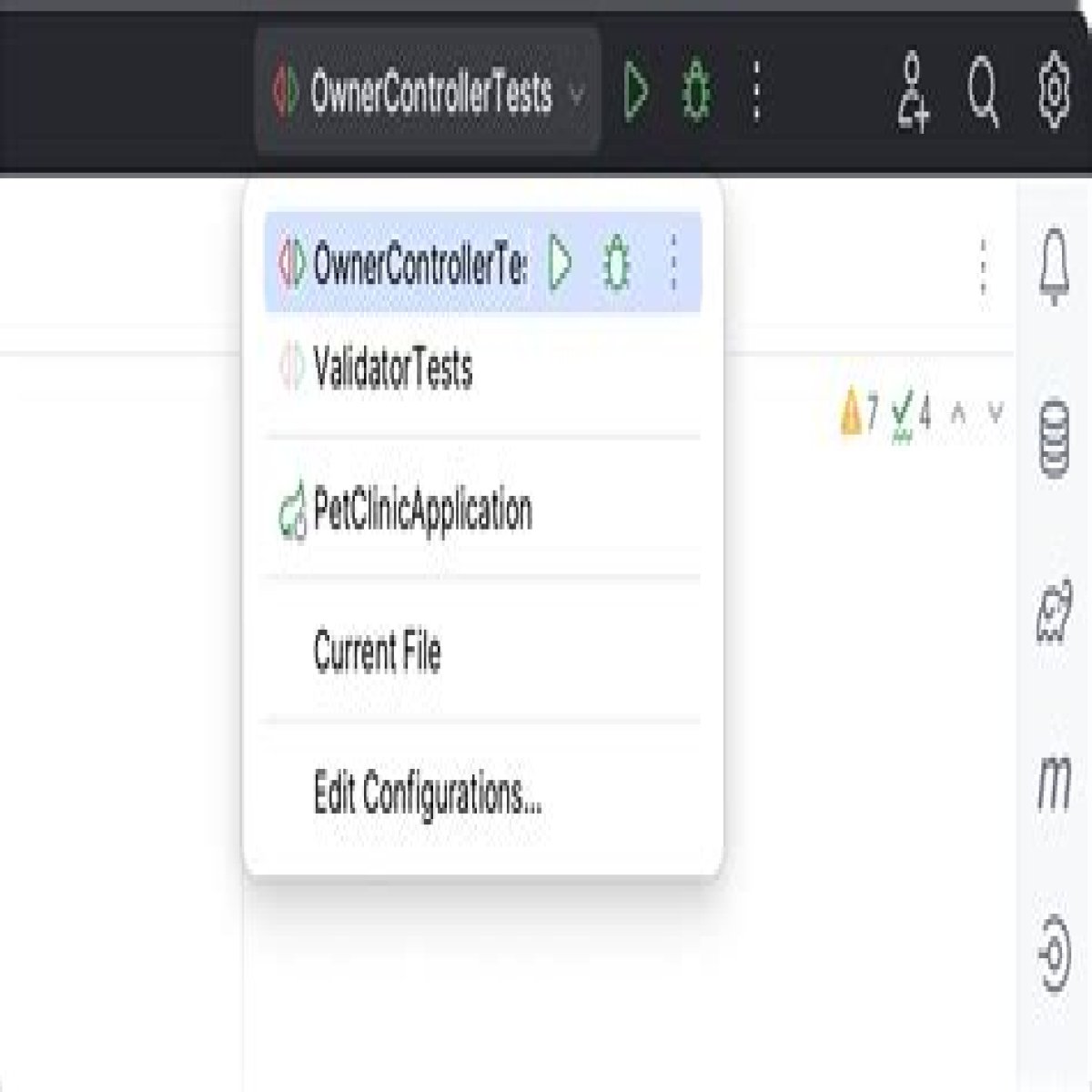Run/Debug Configurations: Enhancing IntelliJ IDEA Development
Run/debug configurations are a cornerstone of IntelliJ IDEA, empowering developers with the ability to execute and troubleshoot their code seamlessly. These configurations define the parameters for running, debugging, and testing applications within the IDE.
The importance of run/debug configurations cannot be overstated. They streamline the development process by allowing developers to quickly launch and debug applications, saving valuable time and effort. Moreover, these configurations enable developers to customize the execution environment, set breakpoints, and inspect variables, providing essential insights into code behavior.
To illustrate the benefits of run/debug configurations, consider the following scenario: A developer is working on a complex Java application and needs to debug an issue related to database connectivity. Without run/debug configurations, the developer would have to manually set up the database connection, launch the application, and step through the code line by line to identify the source of the issue. However, with run/debug configurations, the developer can create a dedicated configuration that automatically establishes the database connection and sets breakpoints at key points in the code. This streamlined approach significantly reduces the debugging time and allows the developer to focus on resolving the issue at hand.
run/debug configurations intellij
Introduction: Run/debug configurations are an indispensable aspect of IntelliJ IDEA, providing developers with the ability to efficiently run, debug, and test their applications. Understanding the key aspects of run/debug configurations is crucial for maximizing their effectiveness.Key Aspects
- Configuration Types: IntelliJ IDEA supports various configuration types, including Run, Debug, and Test, each tailored to specific execution scenarios.
- Environment Variables: Run/debug configurations allow developers to set and modify environment variables, ensuring that applications have access to the necessary resources.
- Program Arguments: Developers can specify command-line arguments to be passed to the application during execution, enabling customization of application behavior.
- Breakpoints: Breakpoints are essential for debugging, allowing developers to pause execution at specific points in the code and examine variable values.
- Logging and Profiling: Run/debug configurations provide options for enabling logging and profiling, facilitating the identification and resolution of performance issues.
{point}
Introduction: The connection between run/debug configurations and {point} is multifaceted, enhancing the overall development experience.Facets
- Rapid Debugging: Run/debug configurations streamline the debugging process, allowing developers to quickly identify and resolve issues.
- Customized Execution: Developers can tailor run/debug configurations to specific application requirements, ensuring optimal performance and stability.
- Enhanced Collaboration: Sharing run/debug configurations with team members facilitates collaboration and ensures consistent testing and debugging practices.
{point}
Introduction: Exploring the connection between run/debug configurations and {point} reveals practical implications and benefits.Further Analysis
- Improved Productivity: Run/debug configurations enhance developer productivity by reducing debugging time and simplifying testing procedures.
- Reduced Errors: By enabling thorough testing and debugging, run/debug configurations help minimize errors and improve code quality.
- Accelerated Development: Streamlined debugging and testing processes expedite the overall development cycle, allowing developers to deliver projects faster.
FAQs on Run/Debug Configurations in IntelliJ IDEA
This section addresses frequently asked questions (FAQs) about run/debug configurations in IntelliJ IDEA, providing concise and informative answers to common concerns and misconceptions.
Question 1: What are the different types of run/debug configurations available in IntelliJ IDEA?
Answer: IntelliJ IDEA supports various configuration types, including Run, Debug, and Test. Run configurations are used to execute applications without debugging, while Debug configurations allow for step-by-step execution and variable inspection. Test configurations are specifically designed for running unit and integration tests.
Question 2: How can I set breakpoints in run/debug configurations?
Answer: Breakpoints are essential for debugging, allowing you to pause execution at specific lines of code. To set a breakpoint, click in the left gutter of the editor next to the desired line of code. Alternatively, you can use keyboard shortcuts (e.g., F9 for Java) or the Debug menu.
Question 3: How do I modify environment variables in run/debug configurations?
Answer: You can modify environment variables in run/debug configurations to provide specific settings to the application being executed. To do this, navigate to the Environment Variables tab in the Run/Debug Configuration dialog box and add or modify the desired variables.
Summary: Understanding and effectively utilizing run/debug configurations in IntelliJ IDEA is crucial for efficient development. By leveraging the various configuration types, setting breakpoints, and modifying environment variables, developers can streamline the debugging process, customize execution environments, and enhance overall productivity.
Conclusion
Run/debug configurations are a fundamental aspect of IntelliJ IDEA, empowering developers with the ability to efficiently execute, debug, and test their applications. By understanding and leveraging the various configuration options, developers can significantly enhance their productivity and deliver high-quality software.
The exploration of run/debug configurations in this article has highlighted their importance in streamlining the debugging process, customizing execution environments, and facilitating collaboration. As software development becomes increasingly complex, mastering run/debug configurations becomes even more critical for developers to navigate the challenges of modern software engineering.
The Ultimate Guide To Differentiating Dark Chocolate From BittersweetDiscover The Vital Connection: How The Circulatory And Respiratory Systems CollaborateWhat Is Ch On The Periodic Table? - Chemical Element And Properties
